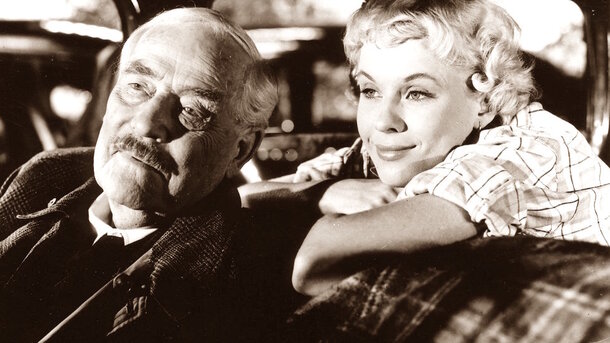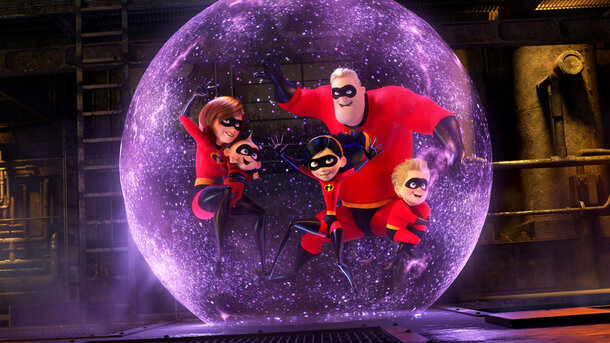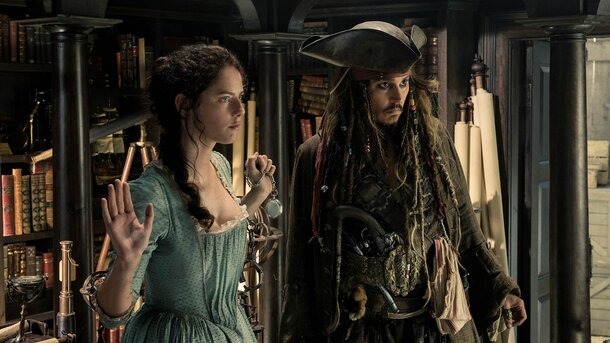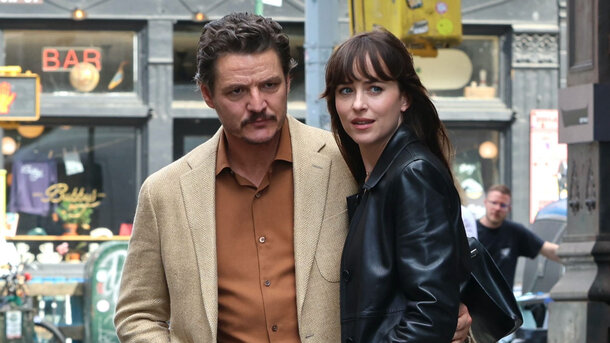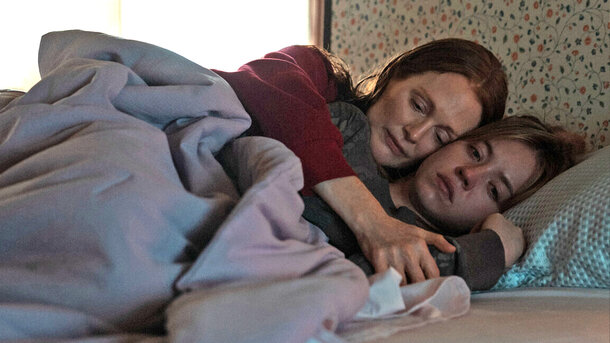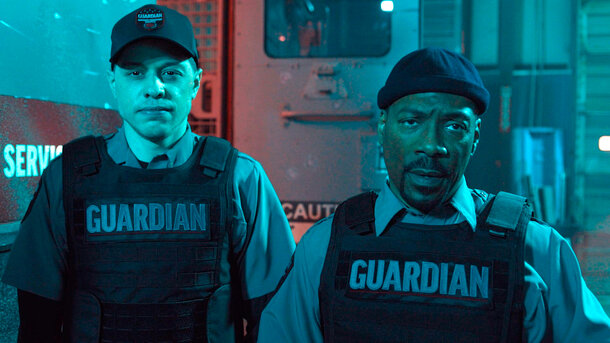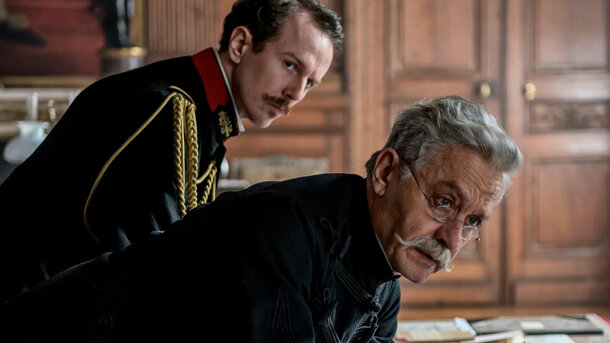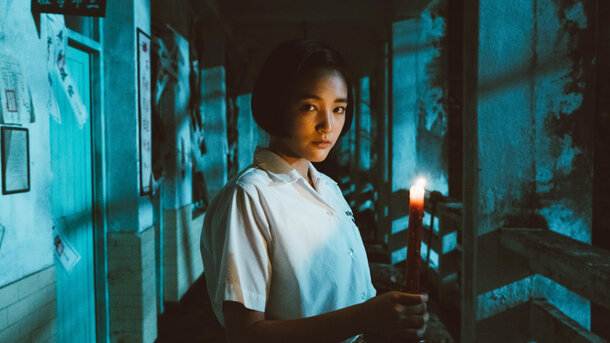Let me share something rather personal — I didn’t expect Wild Strawberries to stir up such a deep emotional response. You might assume a 1950s Swedish film in black and white would feel dated or academic. But trust me, Ingmar Bergman’s masterpiece doesn’t just age well — it feels strangely current. Timeless even. It’s like having your subconscious projected onto celluloid, with all its regrets, missed opportunities, and longings laid bare.
A Road Trip Through Memory and Meaning
At the heart of this film is Professor Isak Borg, portrayed by silent film legend Victor Sjöström, who embarks on a car journey to receive an honorary degree. But what begins as a routine trip unfolds into something far more introspective—a journey through his past, his dreams, and ultimately his soul. Along the way, he picks up hitchhikers (including a luminous Bibi Andersson in a dual role), revisits childhood haunts, and confronts both literal and symbolic ghosts.
This isn’t a film about plot—it’s about the weight of a life lived without tenderness. And as Borg’s icy exterior begins to thaw, we’re left wondering: what might our own inner journeys reveal?
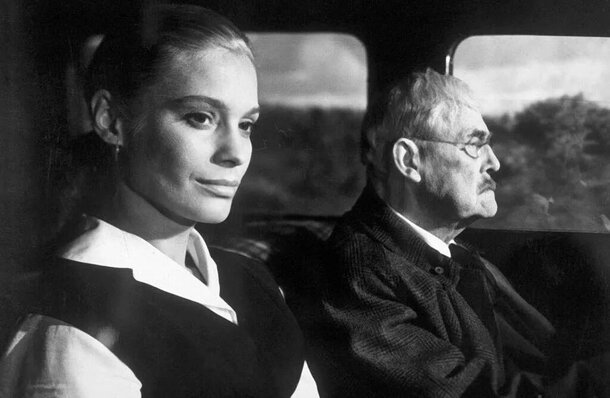
Bergman’s Vision: A Mirror in Motion
Ingmar Bergman doesn’t just direct — he interrogates. His use of dream sequences (including a chilling early one involving a faceless man and a coffin) broke cinematic ground. He frames memory and regret not as neat flashbacks but as tangled, symbolic reveries. The way he blends reality with surrealism feels decades ahead of its time.
And then there’s the pacing — measured, yes, but never stagnant. Every scene breathes. Every silence speaks. If you allow yourself to slow down, the film rewards you with something profound.
Performances That Whisper and Shout
Victor Sjöström gives one of the most quietly devastating performances I’ve ever seen. Without histrionics or fanfare, he embodies a man grappling with the hollowness of his emotional detachment. Ingrid Thulin, as Borg’s daughter-in-law, brings strength and sorrow in equal measure, revealing the generational echoes of emotional coldness. And Bibi Andersson? Her dual roles are the very embodiment of youthful hope and idealism.
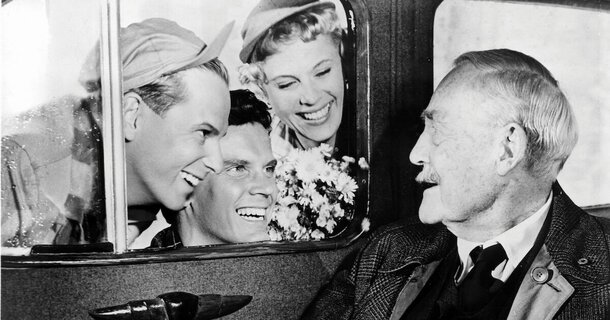
A Visual Elegy in Monochrome
Gunnar Fischer’s cinematography deserves its own ovation. There’s a certain alchemy in how he captures light filtering through trees or the sterile whiteness of dream sequences. The visuals are poetic without being pretentious. It’s no surprise that these frames inspired countless filmmakers — from Woody Allen to Christopher Nolan.
Audience Reactions: USA vs. UK
In the UK, Wild Strawberries enjoys cult reverence among cinephiles, particularly those drawn to introspective or arthouse cinema. It’s a staple on BBC retrospectives and university film curriculums. Here, we tend to approach it as an existential meditation — quietly powerful.
In the USA, reactions are more divided. Among film students and Criterion collectors, it’s hailed as a touchstone of European cinema. Yet general audiences may find its pace and symbolism a hurdle. The dream sequences, especially, are often misunderstood as “weird” rather than revealing.
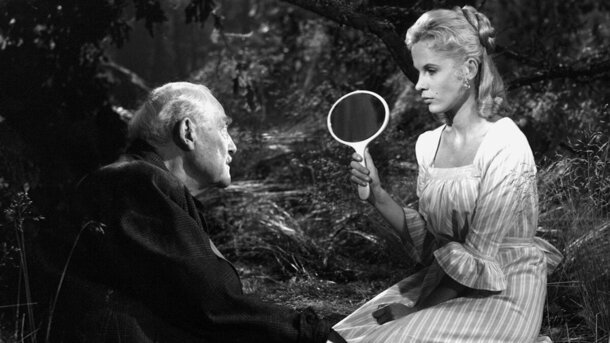
Final Verdict
If you’ve ever looked back on your life and wondered whether you prioritised the right things — Wild Strawberries will strike a chord. It’s not flashy. It doesn’t shout. But it lingers. Like a memory you’re not quite sure is real. For me, it was a wake-up call — subtle, sorrowful, but ultimately redemptive.
Pros & Cons Summary
Pros
- Masterful performances and direction
- Haunting dream imagery
- Emotionally resonant themes of regret, legacy, and human connection
- Beautifully shot in black and white
Cons
- Pacing may feel slow to those expecting traditional narrative beats
- Symbolism may alienate casual viewers
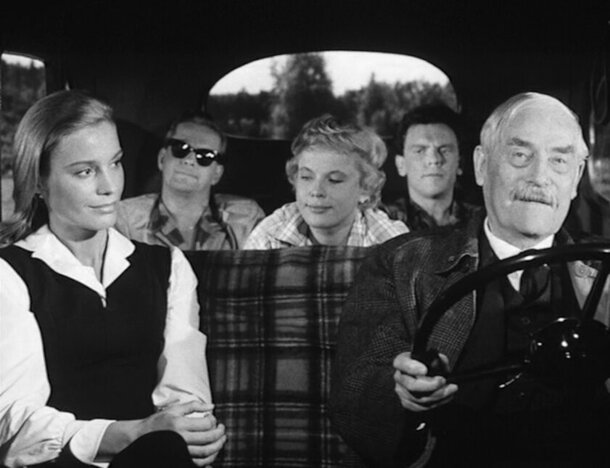
IMDb Rating: 8.1/10
Awards: Golden Bear (Berlin 1958), Oscar Nomination for Best Original Screenplay (1960)
Budget: Not publicly disclosed
